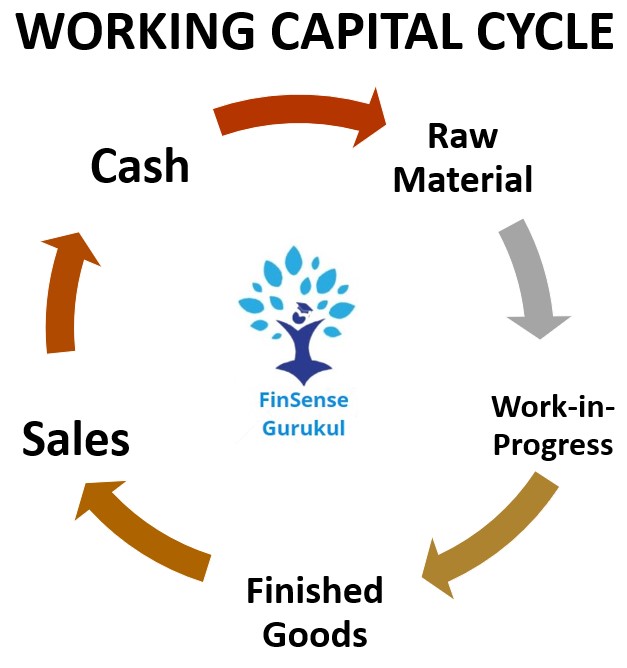
Thread: Debt Service Coverage Ratio (DSCR)
One way to judge the strength of a company is to check its ability to pay current outside obligations (interest+principal) from the income generated during the year. DSCR is an important ratio used by banks and financial institutions
One way to judge the strength of a company is to check its ability to pay current outside obligations (interest+principal) from the income generated during the year. DSCR is an important ratio used by banks and financial institutions

Let's understand DSCR in depth.
Debt Service Coverage Ratio is calculated by dividing Net Operating Income (alternatively EBITDA) by Total Debt service costs. Debt service costs include interest to be paid on all existing loans along with the principal repayments during the year.
Debt Service Coverage Ratio is calculated by dividing Net Operating Income (alternatively EBITDA) by Total Debt service costs. Debt service costs include interest to be paid on all existing loans along with the principal repayments during the year.
Let's take an example: A Ltd. has EBITDA of Rs. 200 crores during the current year. It has to repay Rs. 50 crores to lenders (Rs. 45 crores as principal and Rs. 5 crores as interest).
DSCR = Rs. 200 crores/Rs. 50 crores i.e. 4 Times.
DSCR = Rs. 200 crores/Rs. 50 crores i.e. 4 Times.
It means A Ltd. has generated 4 times the amount it has to pay the lenders. This is a very strong position. A higher ratio depicts the strength of the company and makes it less prone to bankruptcy.
TIP: Avoid companies with ratios lower than 1. It simply means that the company is not even able to generate enough cash to pay its lenders let alone investors in the form of dividends.
by @RJGyanchandani
by @RJGyanchandani
• • •
Missing some Tweet in this thread? You can try to
force a refresh



